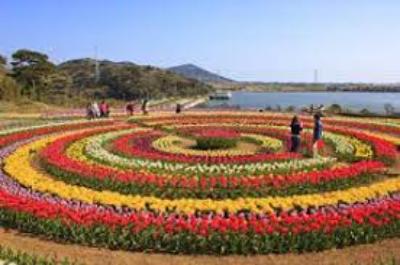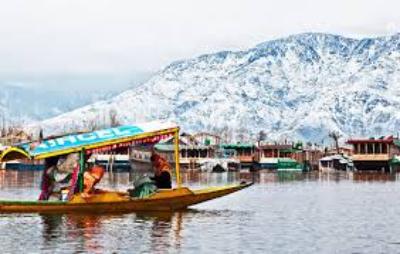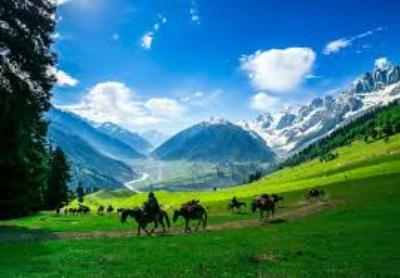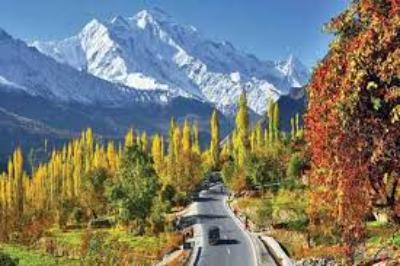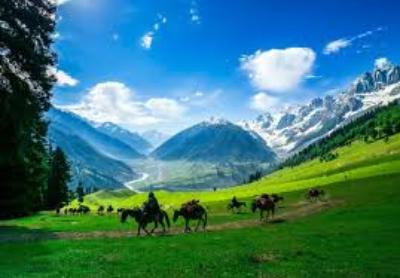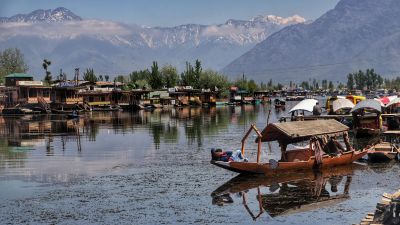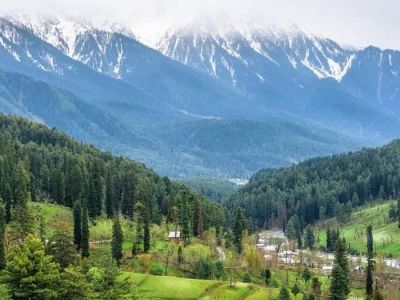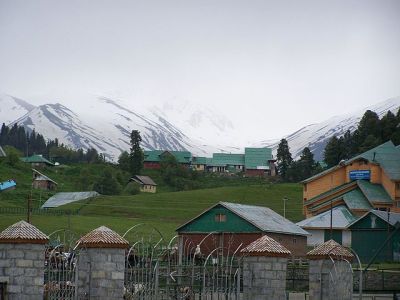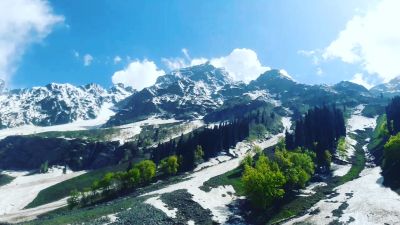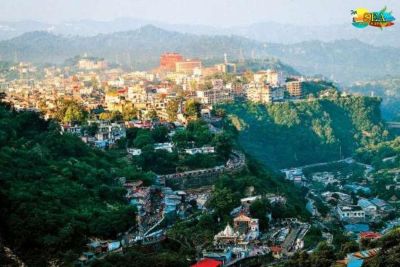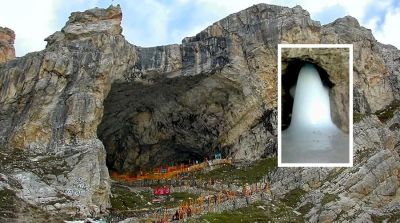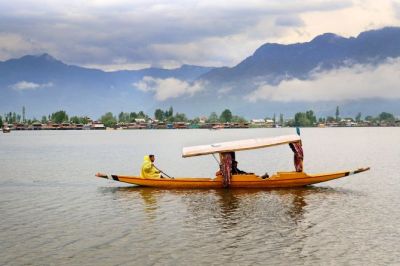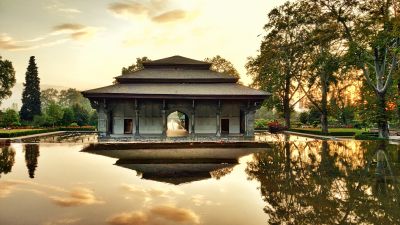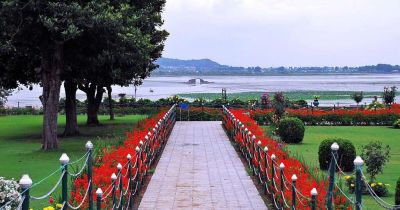Exploring Ancient Artifacts: Archaelogical Sites in Gulmarg
Gulmarg, a small hill town nestled in the Himalayas, is not just a winter wonderland renowned for skiing and snowboarding. It is also home to a wealth of ancient artifacts and archaeological sites that offer a fascinating glimpse into the region's rich history. Exploring these sites is like stepping back in time, as you unravel the mysteries of the past and connect with the ancient civilizations that once thrived in this picturesque landscape.
1. Burzahom Archaeological Site:
Located just a few kilometers from Gulmarg, the Burzahom Archaeological Site is an absolute must-visit for any history enthusiast. This site dates back to the Neolithic period, making it one of the oldest known settlements in the region. The excavations here have revealed evidence of early human habitation, including houses, tools, pottery, and even human burials. Walking through the site, you can imagine what life must have been like for these early inhabitants as you explore the ruins and examine the artifacts.
2. Martand Sun Temple:
Perched on a plateau overlooking the Kashmir Valley, the Martand Sun Temple is a magnificent testament to the architectural prowess of ancient Kashmiri craftsmen. Built in the 8th century, this temple was dedicated to the sun god, Surya. Although only ruins remain today, the grandeur and intricate carvings of the temple are still awe-inspiring. The central shrine, surrounded by beautifully decorated colonnades, offers a sense of serenity as you wander amid the remnants of this once magnificent structure.
3. Avantiswami Temple:
Located near Martand Sun Temple, the Avantiswami Temple is another important archaeological site in the Gulmarg region. Dedicated to Lord Vishnu, this temple was built during the 9th century. While the temple is now in ruins, the carvings and sculptures adorning its walls provide valuable insights into the art and architecture of that era. The intricate details and craftsmanship of the sculptures are sure to leave you amazed.
4. Parihaspora Archaeological Site:
Located about 30 kilometers from Gulmarg, the Parihaspora Archaeological Site is a significant historical site that dates back to the 8th century. This site was once the capital of the Kashmiri Kings and is believed to have been a thriving center of art, culture, and commerce. The ruins of temples, residential buildings, and water channels can still be seen, giving visitors a glimpse into the grandeur of the past.
5. Hari Parbat Fort:
Situated on a hilltop overlooking Srinagar, the Hari Parbat Fort is a symbol of the region's rich history. Built in the 18th century, this fort offers panoramic views of the surrounding landscape. Inside the fort, you can explore various structures, including the Shakti Temple, Gurdwara Chatti Patshahi, and the Makhdoom Sahib Shrine. The fort also has a museum where you can learn more about the history and heritage of the region.
Conclusion:
Exploring the ancient artifacts and archaeological sites in Gulmarg is a journey through time, offering a deeper understanding of the region's cultural heritage. From the Neolithic settlement at Burzahom to the grandeur of the Martand Sun Temple, each site tells a unique story and leaves visitors in awe of the ingenuity and craftsmanship of the ancient civilizations that once thrived here. So, if you have a penchant for history and love delving into the past, make sure to include these archaeological sites in your itinerary when visiting Gulmarg.
Don't forget to share this blog post with your fellow travel enthusiasts and history buffs!
Disclaimer : The information provided in this blog is for general informational purposes only. While we strive to keep the content accurate and updated, TravelSetu assumes no liability for errors or omissions. If you believe any part of this blog infringes your rights or causes concern, please notify us immediately at info[at]travelsetu[dot]com so that appropriate action can be taken.
